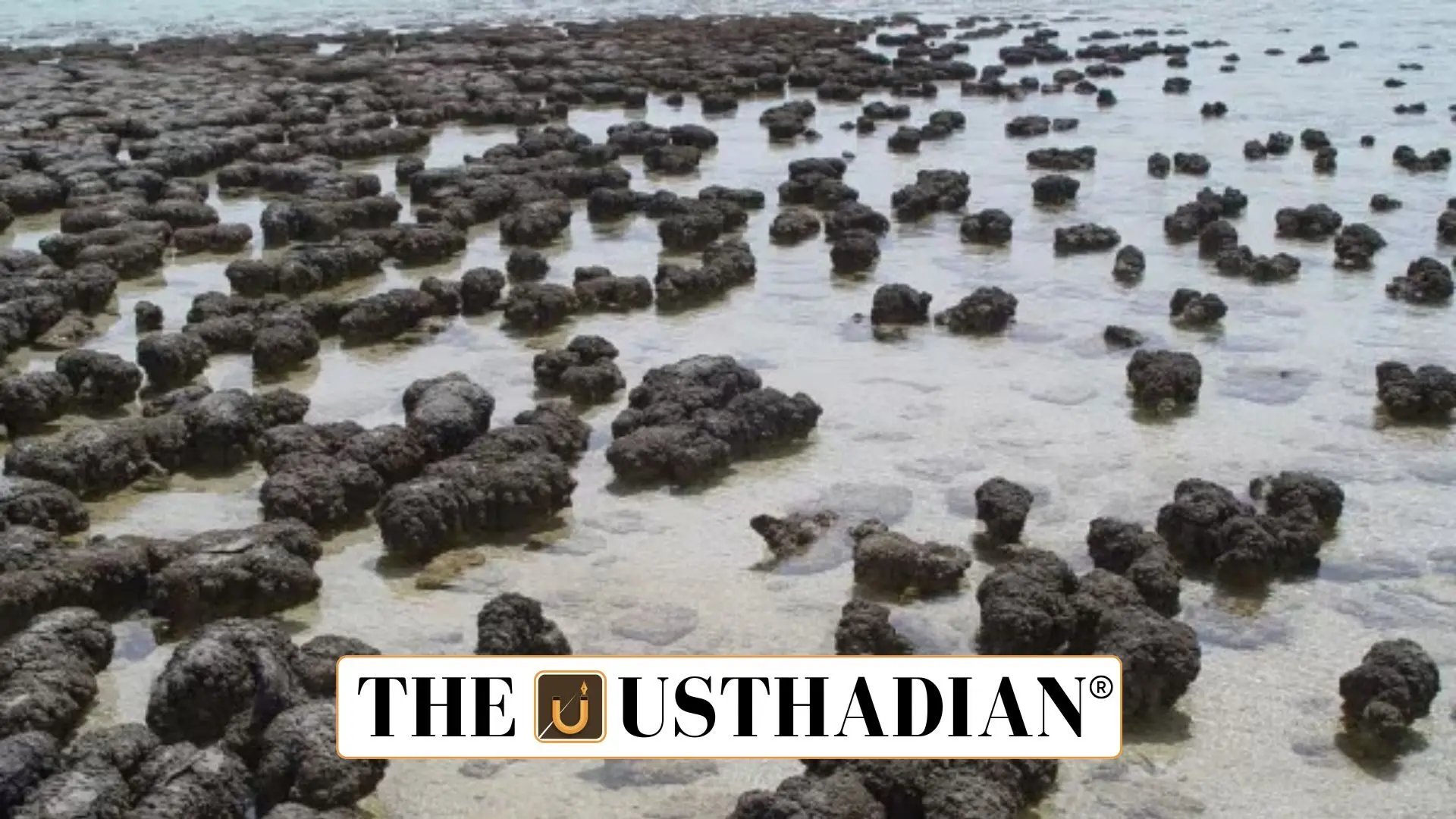Ancient structures tell Earth’s early life story
Stromatolites Discovery in Himachal Pradesh: A recent find in Chambaghat, Solan district of Himachal Pradesh, has sparked fresh interest in India’s prehistoric past. Scientists discovered a wide expanse of stromatolites—layered rock structures believed to be created by microbes—dating back around 600 million years. This discovery is not just about rocks; it’s a glimpse into a world that existed before complex life forms evolved.
These stromatolites are now a subject of curiosity for both geologists and environmentalists, not just for their age but for the story they tell about early Earth.
What stromatolites really are?
Stromatolites aren’t fossils of animals or plants. They are sedimentary formations built by microbial life, especially cyanobacteria, in shallow marine waters. These microorganisms trapped sediments in layers, leaving behind dome-shaped or columnar structures that solidified over time.
Even though they may look like ordinary rocks, they are evidence of the earliest life on our planet. They reveal how simple organisms could influence entire ecosystems.
Cyanobacteria and oxygen’s rise
The real heroes behind these formations are cyanobacteria, which helped change Earth’s atmosphere. They used photosynthesis and released oxygen as a by-product. This process gradually increased atmospheric oxygen—a major shift in Earth’s history known as the Great Oxidation Event, which happened roughly 2.4 billion years ago.
Thanks to this oxygen boost, Earth became capable of supporting multicellular life, including humans. The discovery of stromatolites highlights the importance of these humble bacteria.
How they reached the mountains?
The stromatolites in Chambaghat belong to the Krol Group, a geological formation that existed under the Tethys Sea long before the Indian plate collided with Eurasia. That massive tectonic event lifted seabed rocks, including stromatolites, to heights of around 5,000 to 6,000 feet.
Today, these formations sit high in the hills of Himachal Pradesh, silently narrating the tale of continental drift and marine uplift.
Scientific debates continue
Not everyone sees this as a rare discovery. Some scientists argue that stromatolites are commonly found across India, from Rajasthan to Karnataka. The debate also includes whether these are true fossils or just organo-sedimentary structures formed by natural processes without biological origin.
These discussions may seem technical, but they are essential for how we value and protect such formations.
Why public awareness matters?
This discovery has led to renewed interest in preserving geological heritage. Experts suggest that if more people understand what stromatolites are and why they matter, there could be stronger support for their conservation.
Making these sites part of geotourism and educational programs may help protect them from urban development and environmental damage.
What lies ahead?
Future studies may reveal more about how Earth’s climate evolved, how early microbes thrived, and how cyanobacteria influenced the planet. Researchers are also looking into stromatolite sites across India for patterns in ancient ecosystems.
India’s geological wealth is vast, and this discovery is just a part of the larger puzzle of our planet’s deep-time story.
Static Usthadian Current Affairs Table
| Topic | Detail |
| Location of discovery | Chambaghat, Solan, Himachal Pradesh |
| Estimated age | 600 million years |
| Key microbe involved | Cyanobacteria |
| Geological group | Krol Group |
| Origin environment | Tethys Sea |
| Present altitude | 5,000–6,000 feet |
| Key event linked | Great Oxidation Event |
| Scientific debate | Fossil vs. organo-sedimentary formation |
| Conservation importance | Geological heritage awareness |
| Related tectonic event | Indian plate collision with Eurasia |








